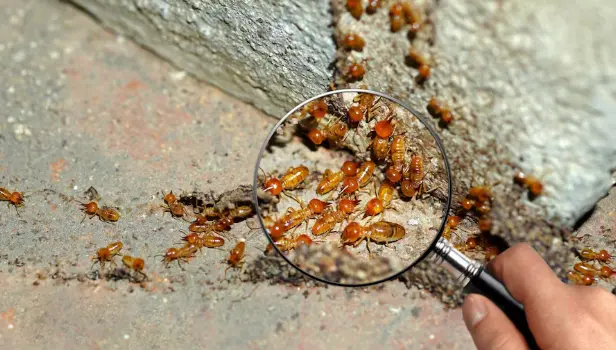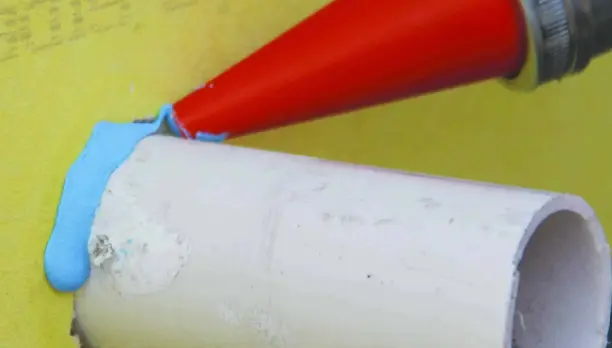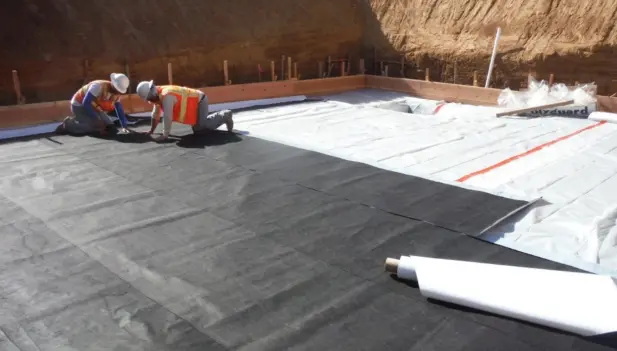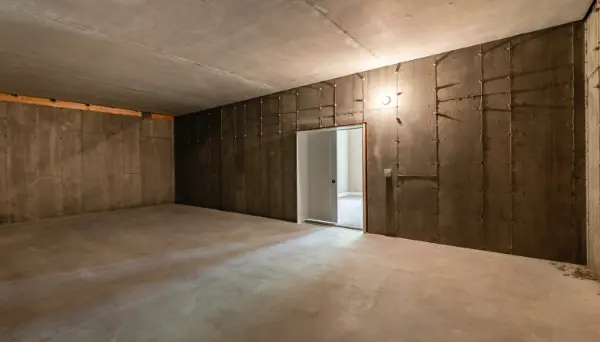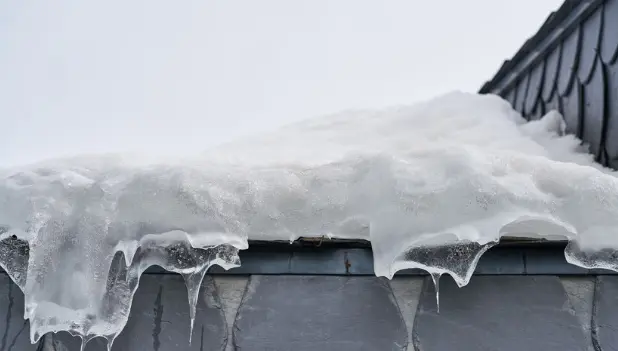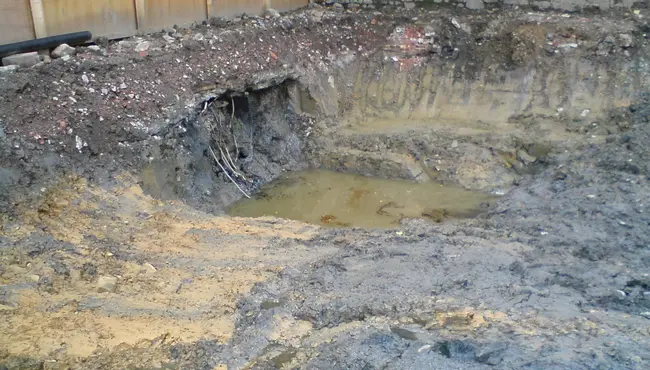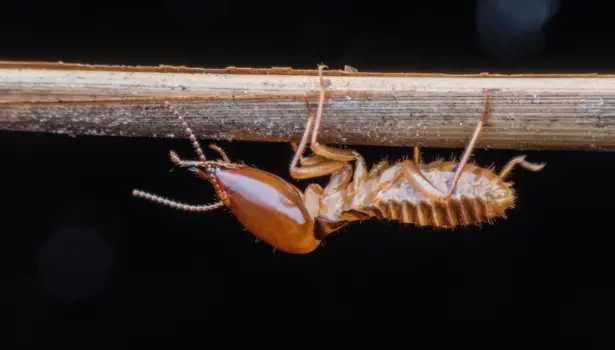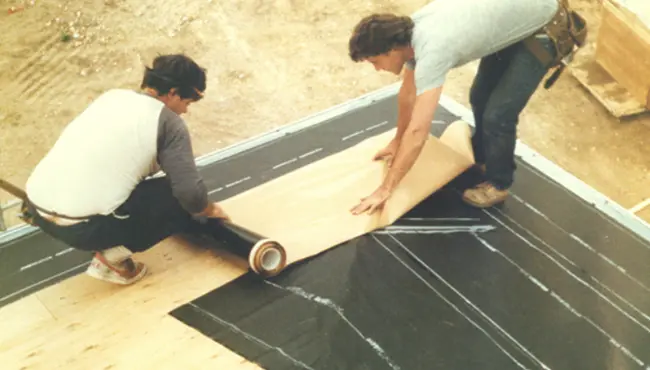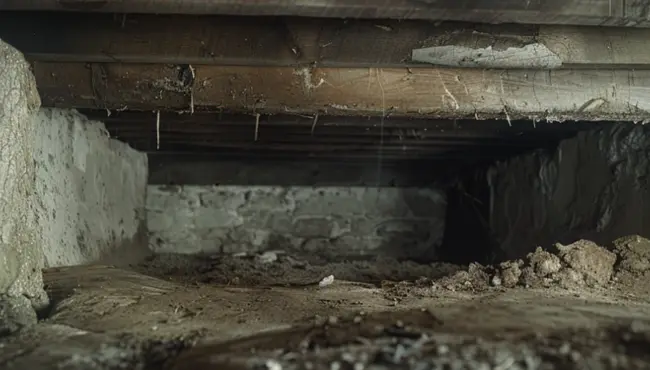
If done properly, crawl space encapsulation can reduce the moisture within your home and increase the energy efficiency and indoor air quality.
The process involves sealing the crawl space using vapor barriers, insulation, and dehumidifiers as a way to create a dry, controlled environment beneath your home.
But knowing how to encapsulate a crawl space is easier said than done.
Fortunately, we’re going to discuss each step in crawl space encapsulation below.
Are you ready?
Understanding the Importance of Crawl Space Encapsulation
Crawl spaces are often overlooked yet essential parts of a building's structure.
In fact, unsealed crawl spaces can lead to numerous problems, including mold, mildew, and wood rot, all of which can compromise the integrity of the building, and they can harbor pests and contribute to higher energy costs.
Comparing Encapsulation and Vapor Barriers
In most crawl spaces, vapor barriers provide basic ground moisture protection, but full encapsulation is more comprehensive. This is why it’s important to use an encapsulation material that seals the entire space, including walls and vents.
How to Encapsulate Your Crawl Space in 6 Steps
Encapsulating your crawl space isn’t always easy. But generally speaking, if you want to know how to encapsulate a crawl space, you will always follow these 6 steps:
1. Conduct a Thorough Inspection
Before beginning the encapsulation process, a comprehensive inspection of the crawl space is necessary. To do this,
- Check for water intrusion, mold, and structural issues.
- Look for signs such as puddles, damp areas, and cracks in the foundation.
- Repair any cracks or leaks using appropriate sealants or epoxy, and consider professional assistance for significant damage.
2. Prepare the Crawl Space
A clean crawl space is another important step in encapsulation. Do the following when preparing the areas:
- Remove any debris, dirt, or standing water using tools like shovels, rakes, or a wet/dry vacuum.
- Make sure that the area is dry and free from contaminants to prevent potential issues with the encapsulation materials.
- If necessary, use a sump pump to handle persistent water problems, particularly in areas prone to flooding or high groundwater levels.
3. Installing the Vapor Barrier
The vapor barrier is a key component of crawl space encapsulation. It prevents moisture from the ground from entering the crawl space, to protect the building’s structure.
Begin by laying down a vapor barrier with a thickness appropriate for the ground conditions, typically ranging from 6 to 20 mils. The thicker the barrier, the more resistant it is to punctures and wear.
Make sure that the barrier covers the entire floor and extends up the walls, and seal all seams with high-quality tape to create a continuous moisture barrier.
4. Insulate the Crawl Space
Insulation is another factor that you should consider during the crawl space encapsulation process.
Use foam board insulation around the crawl space walls and rim joists to minimize temperature fluctuations and prevent condensation. The insulation will help keep the crawl space and the home above it warmer in the winter and cooler in the summer, which leads to energy savings and increased comfort.
Make sure that all insulation materials are installed securely and without gaps.
5. Install a Dehumidifier
Although this might seem out of the ordinary, installing a humidifier in the crawl space helps prevent mold growth and structural damage.
If necessary, you can also use a condensate pump to remove any collected water.
6. Monitor and Maintain
Once the crawl space is encapsulated, you should monitor and maintain the space regularly.
In other words, you should periodically
- Check the vapor barrier for any damage or gap
- Inspect the dehumidifier and its drainage system
- Make sure that the insulation is intact
By doing this, you should be able to address any issues promptly to maintain the benefits of encapsulation.
Top Polyguard Products for Crawl Space Encapsulation
Polyguard offers a comprehensive range of high-quality products designed specifically for crawl space encapsulation. The Blue Barrier product line includes:
Blue Barrier LF

This liquid flashing product is used for sealing around windows, doors, and other potential moisture entry points in a crawl space. It forms a weather-resistant, fully adhered air barrier system that is easy to apply and it bonds well to a variety of substrates, including concrete, metal, and wood. It is solvent-free, environmentally-friendly, and can be exposed to UV light for up to nine months.
Blue Barrier 2200
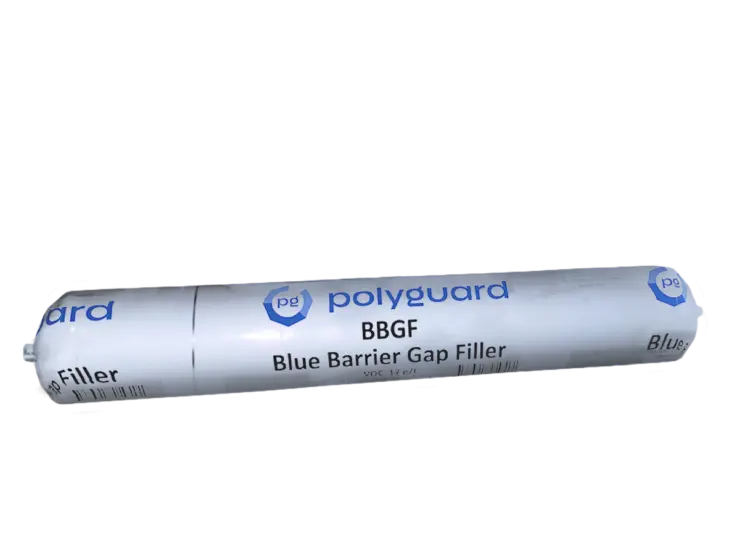
Blue Barrier 2000 is a gap filler that provides excellent adhesion and flexibility. It is ideal for filling joints and cracks in the crawl space, and creates a seamless barrier against moisture. This product is particularly useful in areas with high movement or vibration, where traditional sealants might fail.
Blue Barrier LW

Blue Barrier LW is designed for larger areas and provides a durable, waterproof membrane that protects against moisture intrusion. It is used in conjunction with other Blue Barrier products to create a comprehensive encapsulation system that will provide long-lasting protection for your crawl space.
These products are integral to achieving an effective and durable crawl space encapsulation, to provide robust protection against moisture, air infiltration, and pest ingress.
Common Mistakes to Avoid During Encapsulation
Learning how to encapsulate a crawl space does come with a few challenges, which can cause you to make some mistakes. Here are the two most common mistakes we see and hear about:
Proper Sealing
One common mistake during encapsulation is failing to seal the vapor barrier properly. Any gaps or wrinkles can compromise the barrier's effectiveness by allowing moisture to penetrate.
Always make sure that the vapor barrier is installed smoothly and securely—with all seams and edges taped correctly.
Correct Dehumidifier Placement
Position the dehumidifier away from walls and vents to ensure adequate air circulation. Placing it too close to obstructions can reduce its efficiency and effectiveness in controlling moisture levels.
Optimize Your Crawl Space with Polyguard’s Solutions
Partnering with Polyguard ensures that your crawl space encapsulation project is executed with the highest standards of quality and expertise.
Our range of waterproofing solutions, including advanced vapor barriers and sealing products, is designed to meet the diverse needs of homeowners and construction professionals.
Contact us today for more information.



